EWOSA News - April 2025

- Home
- EWOSA News - April 2025
On this page
From the Ombudsman

As the dust settles on the recent Federal Election, energy has taken centre stage. Much of the national conversation has focused on how we reach net zero greenhouse gas emissions. But for many households and small businesses, the cost of energy remains an urgent concern.
In March, the Australian Energy Regulator (AER) released its Draft Decision on the Default Market Offer (DMO). This may bring more pressure for consumers: electricity prices are expected to rise in 2025–26—by 4.4% to 5.1% for residential customers and 6.6% for small businesses. You can find more about this decision in the Hot Issues section of the newsletter.
If you’re worried about your bills, you may be able to save money by switching to a different plan or retailer. We’ve included advice in the Customer Corner on how to check your options and find a better deal.
There is some good news: complaints to EWOSA stabilised in the first quarter of 2025. We received 2,174 cases between January and March—up 8% from the previous quarter, but down 6% compared to the same period last year. Most complaints continue to relate to electricity and billing.
The Australian Energy Market Commission (AEMC) is considering new rules to improve support for customers in hardship programs. These changes would help ensure that customers aren’t paying more than they need to. You can read more about this proposal in Hot Issues.
Another important development is the introduction of SA Power Networks’ Small Compensation Claims Scheme (SCCS). The SCCS provides compensation for small electricity customers whose appliances were damaged due to voltage variations from network equipment failure.
If you think you may be eligible, head to the Customer Corner for details on how to apply. You’ll also find case studies that show how the SCCS is helping customers who previously weren’t eligible for compensation.
The case studies in this newsletter also show circumstances where customers may receive compensation under the new SCCS, but were unable to previously.
As always, we’re here to help. If you’re unable to resolve an issue with your provider or you’d just like some guidance, please contact us on 1800 665 565 or lodge a complaint via our web form.
Sandy Canale
Energy and Water Ombudsman SA


Hot Issues
The Australian Energy Regulator (AER) released a Draft Decision in March on the Default Market Offer electricity prices to apply in 2025-26.
The DMO price caps the price electricity retailers can charge households and small business customers on standard retail contracts. It also serves as a comparison price for market retail contracts.
DMO electricity prices in 2025-26 are expected to rise by between 4.4% and 5.1% for residential customers, with controlled load (usually hot water) and without controlled load, respectively. This equates to an annual bill rise of between $114 and $121 for a residential customer with average consumption. The DMO electricity price for small business customers is expected to rise by 6.6% for small business customers, which is an annual bill rise of $355 for a small business customer with average consumption.
The final decision on the DMO electricity prices to apply in 2025-26 is expected to be released by the AER on 26 May.
You can read more about the DMO on the AER website.
In late March, the Australian Energy Market Commission (AEMC) released its Draft Determination on the proposed Assisting Hardship Customers rule change.
The major change proposed is a new principle that requires retailers to ensure that customers on their hardship program pay no more than the deemed better offer. The deemed better offer is the best offer a retailer’s customer can be on.
This obligation can be implemented by retailers through either providing a financial benefit to the customer when they are not on the deemed better offer or by obtaining explicit informed consent from the customer to be moved onto the deemed better offer.
Two other proposed changes involve:
- a requirement that retailers explicitly state in their hardship policy that they will check and offer the deemed better offer, both upfront upon a customer entering a hardship program and at least once every 100 days or in line with an agreed billing cycle with the customer
- the addition of new hardship program indicators to be reported to the AER by retailers, regarding how many customers in their hardship program are on the deemed better offer and the number and proportion of those customers that are above or below the standing offer.
Submissions on the Draft Determination are due on 8 May and EWOSA will be providing a joint submission with other Energy and Water Ombudsman.
You can read more about the Assisting Hardship Customers rule change on the AEMC website and make a submission by 8 May if you wish.
On 17 March, the AER released a Draft Decision as part of its review of the exemptions framework for embedded networks.
The Draft Decision includes Draft Guidelines for the Retail Exempt Selling Guideline and the Network Exemptions Guideline. These are relevant for you if you live in a retirement village, apartment block or caravan park, own a small business in a shopping centre or operate an embedded network in these situations.
Some changes are proposed that would improve the level of customer protections, such as family violence protections and more transparency about pricing and notifications, as well as strengthen the AER’s visibility over embedded networks.
You can read more about the AER’s review on their website.


Case Studies
The Issue
Company B experienced a power interruption in January 2024. Company B’s power supply was interrupted in the early hours of the morning and was not restored until 12.5 hours later.
Company B lost stock and was unable to trade during the power outage. Company B was seeking compensation for the loss from the distributor.
Our Review
We found:
- the fault was caused by an unexpected component failure within the distribution system
- a transformer, which feeds power to the area including Company B’s property, had been damaged by a fault that could not be repaired
- the transformer was on a 10-year inspection cycle and was last inspected in June 2022
- the inspection report recorded no defects or faults were identified at the time of the inspection
We found no evidence that the component failure was due to negligence or bad faith on the part of the distributor.
We sought independent advice from the Office of the Technical Regulator on the technical requirements of the distributor and assessment of the technical information received. Office of the Technical Regulator advised that it found no evidence of negligence or bad faith on the part of the distributor.
Resolution
Acknowledging that the outcome was not what Company B was seeking we found, at that point in time, the distributor:
- met its regulatory obligations and complied with the relevant rules, laws and regulations
- had no obligation to pay the compensation claim
Following the outcome of the matter a Small Claim Compensation Scheme (SCCS) was introduced in March 2025, and its application is backdated to 1 July 2022. As a result, EWOSA has contacted Company B and advised it of the right to apply to the distributor for compensation under the SCCS. We further advised that information about the scheme is published on the distributor’s web site. The information includes events and circumstances covered by the scheme, what loss or damage is covered by the scheme, monetary limits on the scheme and how to apply.
The Issue
Q experienced a power interruption in July 2024. Q’s power supply was interrupted and sustained equipment damage. Q was seeking compensation for the damage from the distributor.
Our Review
We found:
- the fault was caused by an unexpected component failure within the distribution system
- a transformer, which feeds power to the area including Q’s property, had experienced a neutral loss due to a hot joint failure
- a neutral loss occurs when the neutral connection in the circuit becomes disconnected or broken. This results in unbalanced voltage in the distribution system
- a hot joint occurs when connectors start to become loose
- the location of the transformer is classified as a level two severe atmospheric corrosion zone and is subject to a five yearly detailed inspection and a two to five year thermographic (heat detecting) inspection
- a detailed inspection is a visual assessment of the condition of the asset and specific components to detect deterioration likely to lead to the failure of the asset or pose a hazard to employees, operators or members of the general public
- a detailed inspection of the transformer was completed in May 2021
- the inspection report recorded no defects or faults were identified at the time of the inspection
- a thermographic inspection is a methodical, detailed examination of the asset using a thermographic camera and binoculars, concentrating on those failure modes and hazards most easily identifiable by the use of this technology to detect elevated heat levels(eg the presence of a potential hot joint)
- a thermographic inspection of the transformer was completed in August 2020
- the thermographic inspection report recorded no hot joints were detected
We found no evidence that the component failure was due to negligence or bad faith on the part of the distributor.
We sought independent advice from the Office of the Technical Regulator on the technical requirements of the distributor and assessment of the technical information received. Office of the Technical Regulator advised that it found no evidence of negligence or bad faith on the part of the distributor.
Resolution
Acknowledging that the outcome was not what Q was seeking we found, at that point in time, the distributor:
- met its regulatory obligations and complied with the relevant rules, laws and regulations
- had no obligation to pay the compensation claim
Following the outcome of the matter a Small Claim Compensation Scheme (SCCS) was introduced in March 2025, and its application is backdated to 1 July 2022. As a result, EWOSA has contacted Q and advised them of their right to apply to the distributor for compensation under the SCCS. We further advised that information about the scheme is published on the distributor’s web site. The information includes events and circumstances covered by the scheme, what loss or damage is covered by the scheme, monetary limits on the scheme and how to apply.


Customer Corner
With high energy prices and other cost of living pressures, you may be finding it hard to make ends meet and shopping around for a better energy deal is one way you might be able to find savings.
So, it is important that you check the advice on the front page of your energy bill(s) about whether your retailer has a better offer for you. If they do, you should contact your retailer to change offers. Their telephone number will be on the front page of the bill.
Savings can also potentially be made by switching between retailers.
To compare your current offer and the possibly better offer from your current retailer with offers from other retailers, visit the Energy Made Easy website or call the Australian Energy Regulator on 1300 585 165.
If you have property that was damaged by a power surge caused by network equipment failure, you may be eligible to claim compensation through the Small Claims Compensation Scheme (SCCS), administered by SA Power Networks.
The SCCS:
- covers damage caused by voltage variations linked to network equipment failure
- applies to events that happened on or after 1 July 2022
- involves claims between $100 and $15,000.
However, damage caused by storms, floods, trees or wildlife isn’t eligible under the SCCS. It’s a good idea to check your home and contents insurance policy to make sure you're covered for these and other exclusions.
If your previous claim was denied by SA Power Networks, you can now reapply — just make sure you have supporting evidence, like receipts or photos. Note that damages may be reimbursed financially and/or by replacing appliances on a like-for-like basis.
Head to the SA Power Networks website to learn more about the SCCS and to apply for compensation.
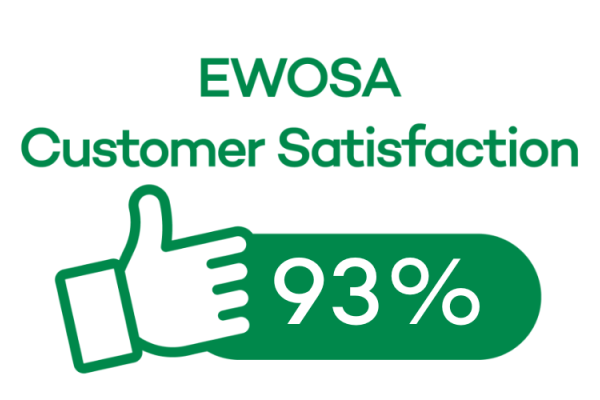
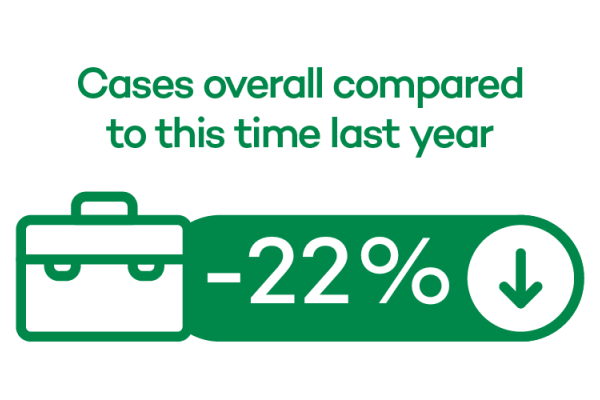
Consumer Trends

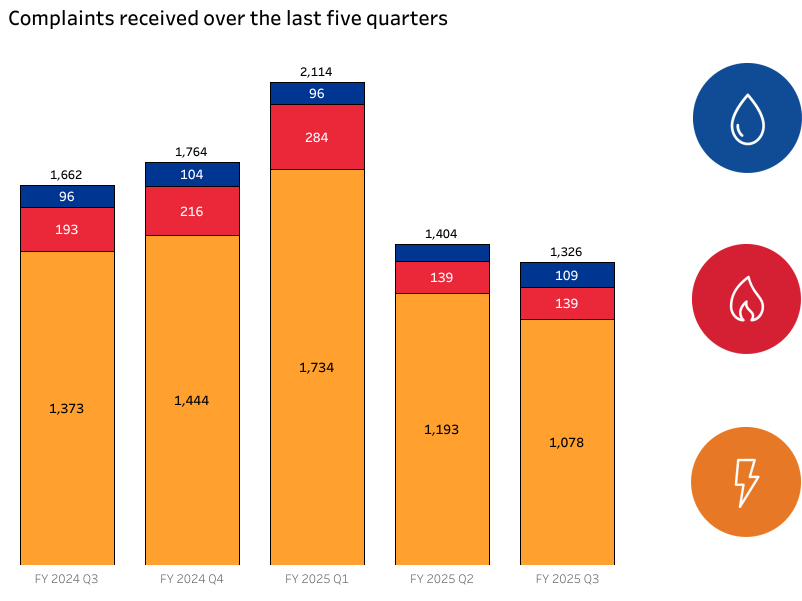

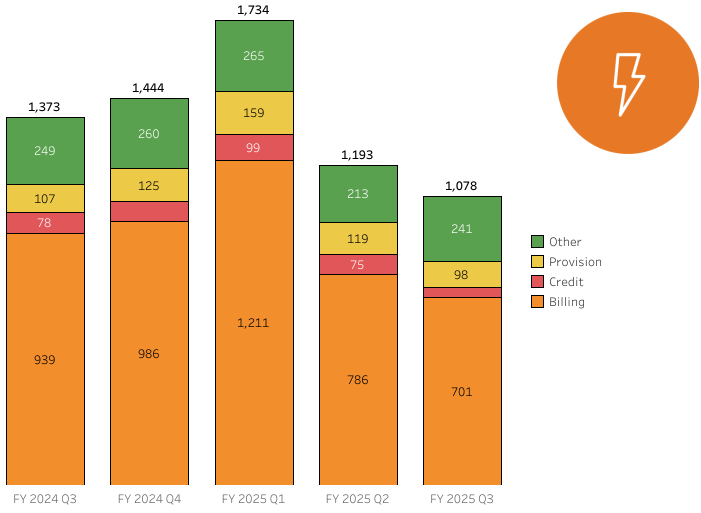
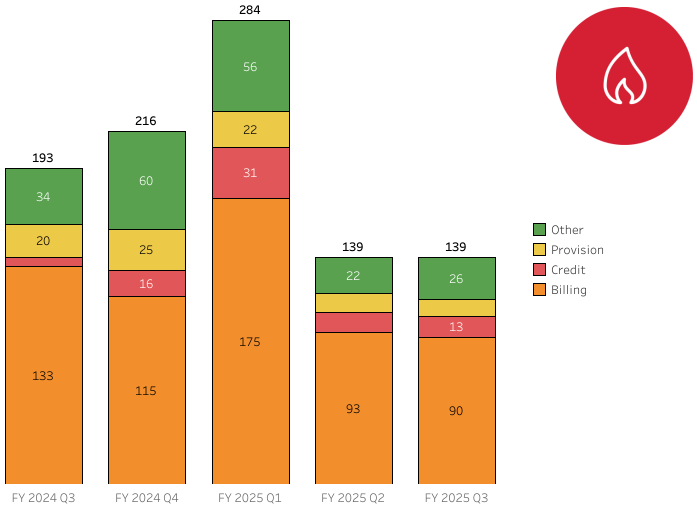
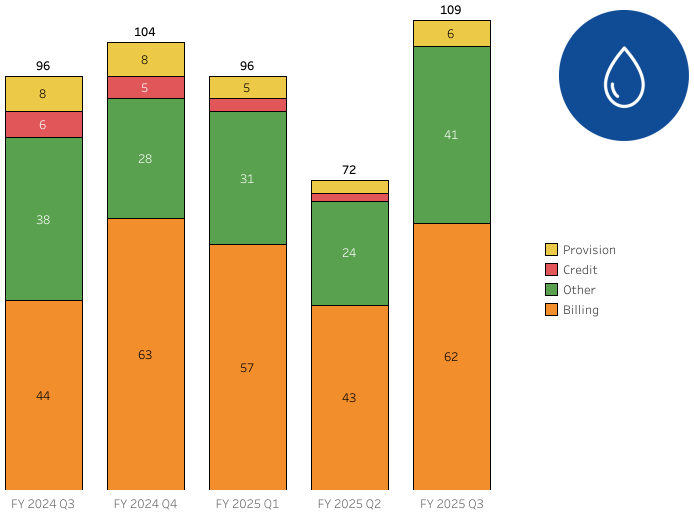
Remember, we are here to help
EWOSA facilitates the prompt resolution of complaints and disputes between consumers of electricity, gas and water services and Members of the Scheme by providing a service to consumers which is free, independent, accessible, fair and informal.
Freecall 1800 665 565
SMS 0488 854 555